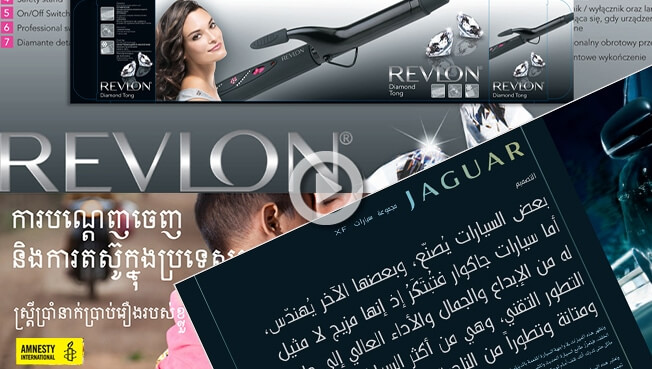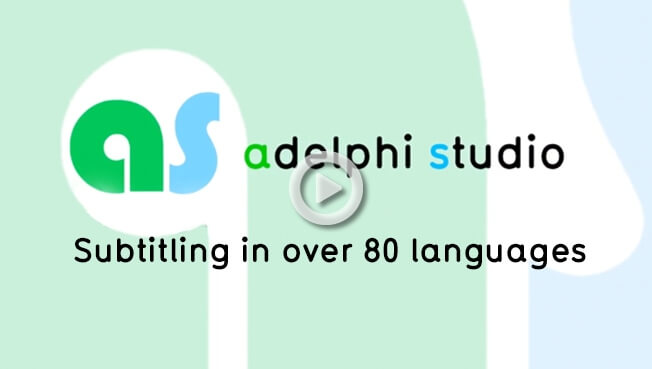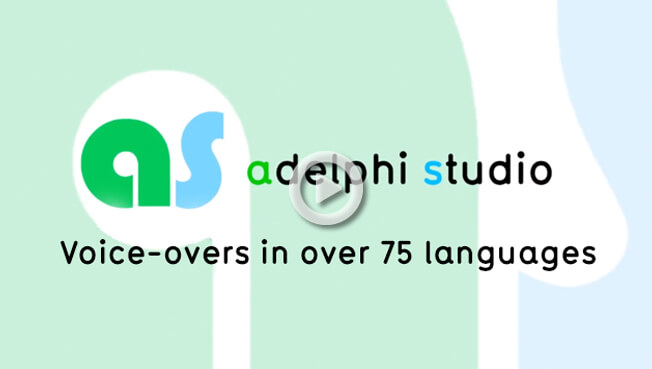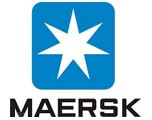When a company is looking into having voice-overs recorded for their videos or e-learning materials, there are common problems that they may face.
Below are some of them and the solutions to make the process simpler:
Communication is paramount
Before starting the project, all parties should agree on the precise workflow and schedule. This should include the division of tasks in the project, what services the suppliers are providing and in what format the deliverables will be produced.
Solution
- It is always a good idea to establish communications between the voice-over production company and whichever party is going to produce the end result of the project. There may be specifications or aspects to the task that you had not considered, and collaboration between technical experts helps identify these early.
Be 100% sure of the languages required
Make sure you know your target audience and their spoken language, e.g. Spanish is spoken in Europe and also in South America and so is Portuguese; there are a multitude of varieties of spoken Chinese. Recording the wrong variety of the language can be a costly and embarrassing mistake.
Solution
- Find out from your client or the end-users of the voice-over which country it is going to be used in or get advice from a voice-over company first. A good localisation company will be able to guide you through the process and give you suggestions as to the questions you should be asking your client.
Spoken cues to match visuals
If you would like your translated voice-over to be time-synced with an original video, you need to consider that many languages have different grammatical structures and where your cue word might be at the beginning of the English, it could be at the end of a translated sentence.
Language length
Sometimes the translated language is much longer than the source language, and the voice-over artist may have to speed up their reading speed. If this is not possible, either the script will need to be simplified and cut down or the original visuals will need to be edited to match the length of the foreign-language voice-over. Trying to get an intrinsically longer language to fit into an un-editable video or presentation is one of the biggest issues we come across as an e-learning localisation company. Here are some examples of text expansion:
English Original
As a global company, we must comply with all local and international laws.
Russian Translation
Будучи международной компанией, мы обязаны соблюдать как местное, так и международное законодательство.
French Translation
En notre qualité d’entreprise mondiale, nous devons respecter toutes les lois locales et internationales.
Solution
- If you need a target word spoken at an exact time, allow for manoeuvrability within the script in some way to allow this to be matched. Communicate this with your voice-over provider.
Time coding
When producing voice-over for a video, voice-over scripts need to be time coded, otherwise the audio can be out of sync with the video. This must be done accurately or someone will have to redo it further down the production process.
Solution
- If time-coding yourself, find out if your format is suitable for the script. You can ask the voice-over provider about this.
- If the script is not already time-coded then this can be done before translation.
Keeping these in mind for your next e-learning project can help to avoid common problems and mistakes.
Adelphi Studio is a leading foreign language voice-over agency and subtitling company working with media companies in the UK, the USA, and worldwide. Our in-house dedicated audio visual translation department provide a quality subtitling and voice-over translation service. We also provide typesetting in over 120 languages.
Adelphi offices
Adelphi Studio offer subtitling and voice over services globally from our offices in the UK and the USA.
All US, Canadian, and South American enquiries should be directed to our US office while all other enquires should go to our UK office.
UK Office
Tel : +44 (0)114 272 3772
Email: sales@adelphistudio.com
US Office
Tel : 916 414 8714
Email: us@adelphistudio.com









